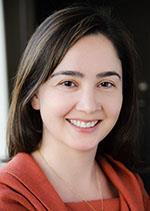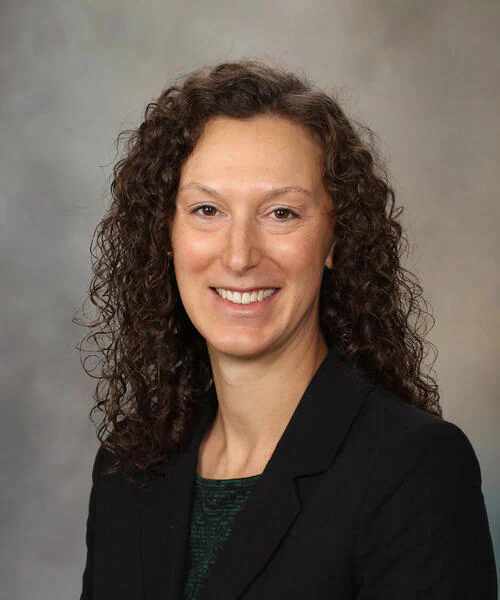MRI Numerical Data Sets
ADNI has funded the following MRI core analysis labs to generate numeric summaries from the high-quality MRI data available in the data archive. While many analytic outputs are retained from ADNI3, tensor-based morphometry (TBM) and TBM-SyN will not. While both have high measurement precision, most ADN3 requests for morphometric measures were for FreeSurfer indicating less user interest in TBM measures.
Below is a summary of the MRI analysis methods. Anyone with an ADNI Data Archive account may view and download the analysis methods and the analyzed data. After logging in, click Download and Study Data to see all relevant ADNI documents available for download.












